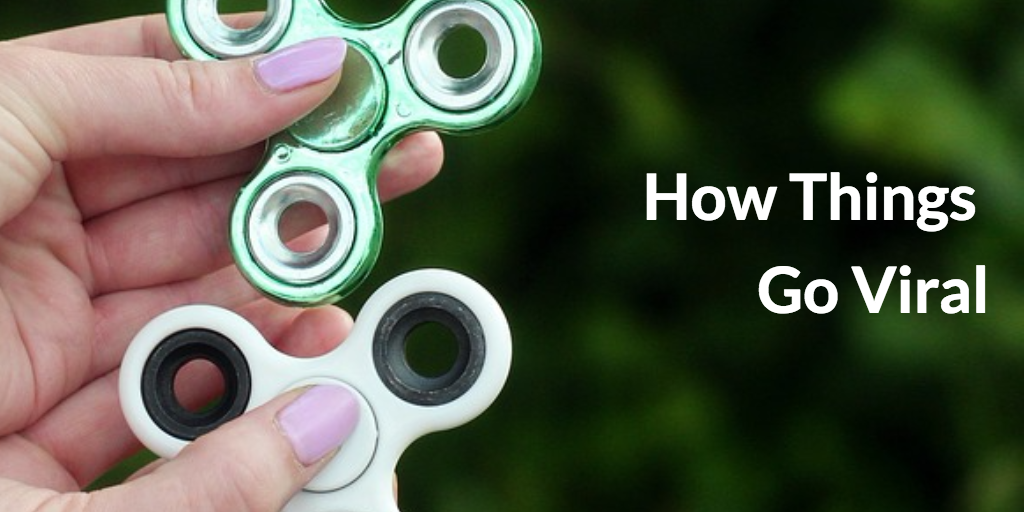Going Viral

 How does stuff go viral? Is it magic? Actually, it’s pretty scientific and believe it or not there is actually a formula that helps describe how things go viral and the driving force behind the virality.
How does stuff go viral? Is it magic? Actually, it’s pretty scientific and believe it or not there is actually a formula that helps describe how things go viral and the driving force behind the virality.
Here is how it works.
If you have 5 customers and ask them to send out invites in your first cycle and they each send out 10 invites, they end up sending a total of 50 invites (5 x 10). If 20% of those invites converts to being a customer, you end up getting 10 more customers. (50 x 20%) and you now have a total of 15 customers. Now this is when things get a little interesting, those 15 customers each send out 10 invites you get 150 invites and if you have 20% conversion you gain 30 customers. Each cycle continues as people continue to invite more and more people. This is how things go viral, but what it ends up being a driving force is what is described as the viral coefficient. The viral coefficient equals the number of invites times the conversion percentage.
In the above example the number of invites (10) times the conversion percentage (20%) the coefficient is 2. As we can see below in order for anything to have a chance of a piece content going viral, the coefficient must be above 1.0

So now what?
Well now that we understand that are two levers to pull. In fact, the first is the number of invites and the second is the conversion percentage. One of the best things you can do to get a piece of content to go viral is to cast a wide net. Share your content with a big audience on places like Facebook, Twitter and LinkedIn. If you are fortunate, someone with a large following may picked you up, which will also increase your following. This can drive virality even with a low conversion percentage. For example, if you had 100,000 invites and a low conversion rate of 2% you will still get 2,000 views. On the flip side, give people a reason to convert. People can earn points or schwag or discounts by sharing. If you had 10,000 invites with a 20% conversion rate, you end up with the same 2,000 views. When these two levers end up being pulled together, you end up with explosive growth and can now understand why Facebook, YouTube and Twitter are now household names.
